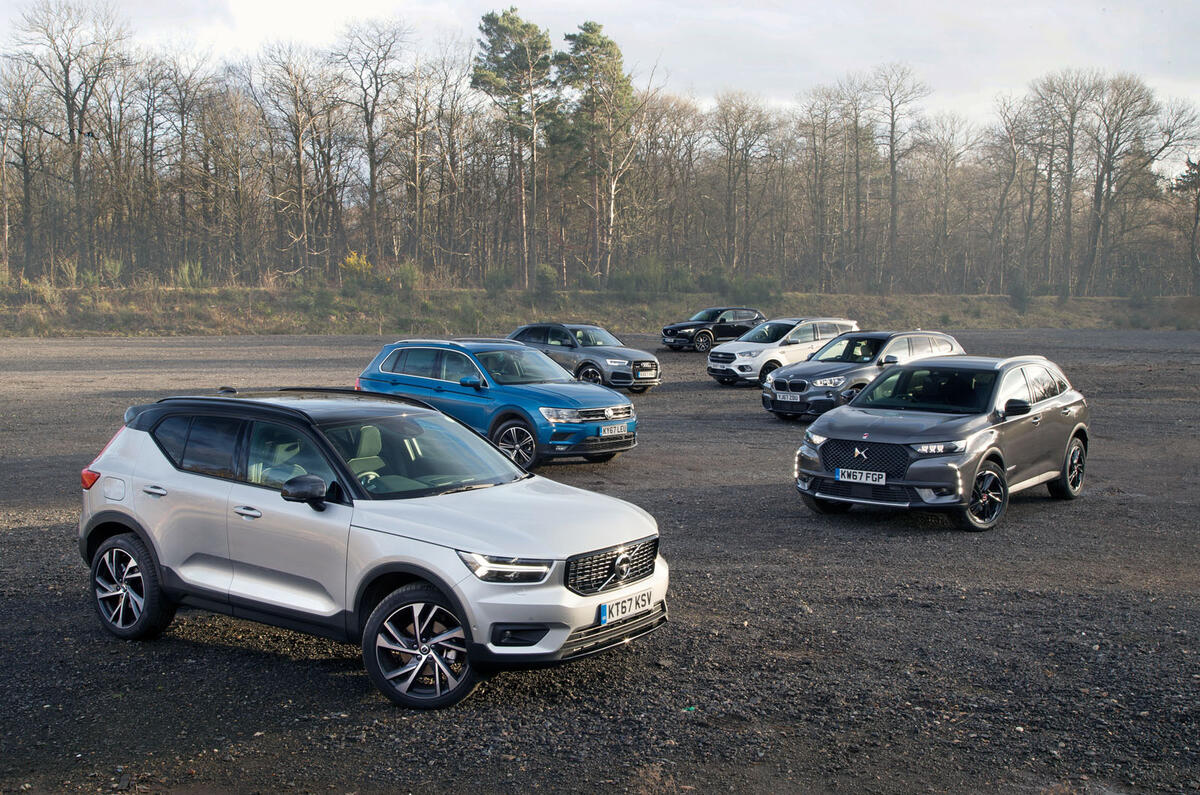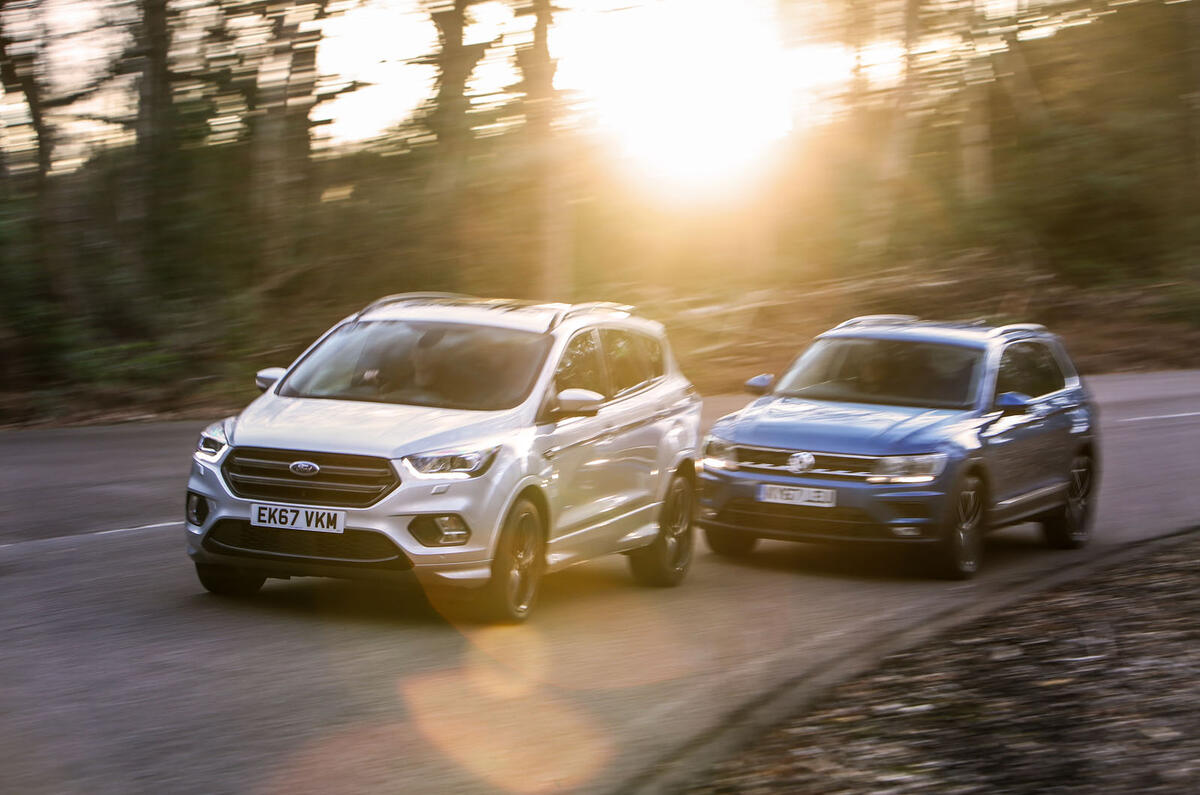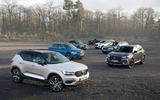The sheer prominence of the compact SUV on British roads tells its own story about how much growth this segment has seen in recent years.
While 20 years ago drivers might have graduated from a family hatchback into a traditional family saloon, and ten years ago into a compact premium five-door or a compact executive four-door, now it’s the downsized 4x4 that’s becoming the preferred route of progression.
Compact SUVs offer such a long list of attractions – practicality and versatility, 4x4 and all-weather capability, premium-brand desirability, affordability, distinctive style, strong performance, impressive comfort and refinement, and often uncompromised handling to go with all that – that they’ve become a default first choice by stealth.
I know plenty of SUV drivers who didn’t realise they were in the market for one until they sat down and thought about it. Having done that, why settle for less? The compact footprint of the average car in this class makes it as easy to manoeuvre and park as any other family-sized option, while so few of the other compromises that can apply when you’re choosing an SUV – weight, fuel economy, cost of insurance – are part of the buying equation here.
Autocar's top 10 compact SUVs 2018
Quite a complex equation that’s looking like all of a sudden too. Audi, BMW and Volkswagen established themselves in the market around a full model life cycle hence with the Audi Q3, BMW X1 and Volkswagen Tiguan respectively, but this year along have come Volvo and DS with their slightly left-field entrants to upset the applecart. Volume brands such as Ford and Mazda are here too, of course.

So exactly which downsized 4x4 has the calibre and completeness to dominate its rivals? And should you buy premium-German, premium-alternative – or neither?























































Join the debate
Add your comment
Q3
I own a Q3 petrol model and must say that much of what the reviewers say is true. On the positive side it is well built and has proved reliable so far. It is no fun to drive though. It needs speed sensitive power steering at the very least. There isn't much space in the back for adults. In its defence I'd say that like all Audis it has good resale value and a revamped version is due out this summer. I probably wouldn't buy another SUV or crossover again.
My winner in this test
Mazda CX-5 2.2d some £5.5 cheaper than the £40K XC40. The test should have been smaller and more targeted, the size and price range is to big to be fair
I'd prefer a jacked up estate
These SUVs are all very well but most don't offer any real off road ability except for slightly raised ground clearance and occasionally AWD. Whilst I accept I'm likely to be a small minority, I much prefer cars like the Octavia Scout or Audi Allroad range. They offer all of the off road ability of these SUVs but much less bulk and in some cases better practicality.
As for which SUVs compete with which, it used to be that cars fitted within a very clear class, such as superminis or family saloons, think Fiesta and Polo or Cavalier and Sierra, but this categorisation doesn't work so well for SUVs. There is such a broad range and many seems to overlap different groupings.
Will86 wrote:
I agree, we always had an estate/wagon but recently switched to an SUV. We don't need off capability but we do need all wheel drive, or it's very helpful for us. One other reason we switched is that we found an SUV less tiring on long drives, particularly over 1000+km. No real explanation for this but that how it seems.